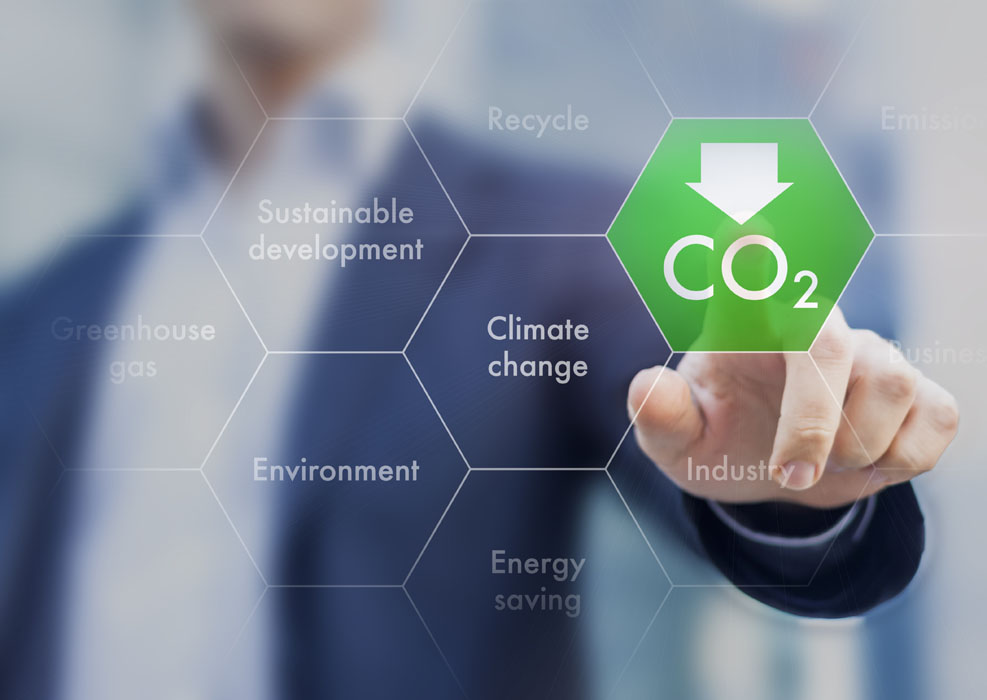The EU published a whole raft of additional climate policies on July 14th with its long-awaited “Fit for 55” package to make Europe carbon neutral by 2050. It included its most contentious plank – the carbon border adjustment mechanism (CBAM). On July 19th, US Democrat legislators introduced a similar bill to tax imported goods for their carbon content sourced from countries that lack strict environmental policies. Details on the US proposal are scant, with one leading newspaper article stating that the US would “require companies that want to sell steel, iron, and other goods to the United States to pay a price for every ton of carbon dioxide that is emitted during their manufacturing processes. If countries can’t or won’t do that, the United States could impose its own price.”
It would seem that the Nordhaus climate club has become the policy vehicle of choice for advocates of the “climate emergency” on both sides of the Atlantic.
Why The Climate Club
On the face of it, the climate club’s logic is straightforward enough. It is to replace the earlier flawed architectures of the Kyoto Protocol (1997) and the Paris Agreement (2015) which were voluntary international agreements to reduce carbon emissions. To mitigate the problem of ‘free riders’ that inevitably emerge with such agreements, the climate club would establish an incentive structure that penalized nations that did not play by the rules.
The EU and the US want to impose trade tariffs to bring the cost of carbon-dioxide emissions caused by the manufacture of an imported good into alignment with what a domestic producer would pay to produce the same good. European and American companies are less competitive because they have to pay for their emissions while foreign companies that export to them don’t. Thus rules to reduce emissions will encourage companies in the West to “offshore” their production to developing countries which have less onerous restrictions on emissions, a process known as “carbon leakage”. Brussels and Washington, it is claimed, merely intend to “level the playing field”. Of course the question arises, whose playing field?
The European Commission will initially apply the CBAM to imports from energy intensive sectors including iron and steel, aluminium, cement, fertilisers and electricity, coming into force from January 2026. An analysis by a bank found that Russia, Turkey, Ukraine, India and China will be amongst the most impacted by the CBAM. The complexity of the Brussels-concocted plan ensures that exporters to the EU will have their work cut out for them. Exporting firms will have to document detailed carbon audits on their emissions which would include calculating the percentage of emissions that are already covered by carbon taxes elsewhere (domestic and for imports which go into manufacturing the exports). If these complex and expensive analyses are beyond the compliance capabilities of firms, especially for small and medium-sized businesses, the EC will unilaterally establish carbon tariffs on the basis of the dirtiest 10% of European producers of the same good.
The Climate Club’s Detractors
On July 26th, China opened its first defensive salvo against the EU’s plan to impose the world’s first carbon border tax, stating that it intruded climate issues into international trading norms, broke WTO rules and undermined prospects for economic growth. Earlier in April when it became apparent that both the EU and the US Biden administration were considering extra-territorial and unilateral policies to enforce upon the world their own predilections to “fight climate change”, India also adopted a position similar to China’s. It issued a joint statement with the BASIC bloc — Brazil, South Africa, India and China — calling CBAM “discriminatory“ and expressing its “ grave concern”.
Detractors of the climate club – a club which threatens to be both exclusive and punitive for non-members — point out that carbon border taxes are contrary to the UN climate body’s Article 4. This refers to “Common but Differentiated Responsibilities and Respective Capabilities”, an established feature of climate change negotiations since the UN’s first Rio Earth Summit in 1992.
Last week, at the G20 on climate change and energy, India cited this long-standing equitable principle in countering the “net zero by 2050” target backed by the EU, US, the UN climate body and other rich country-dominated multilateral agencies such as the IEA, the World Bank and the IMF. India’s environment minister Bhupender Yadav said that “…given the legitimate need of developing countries to grow, we urge G20 countries to commit to bring down per capita emissions to global average by 2030”.
















